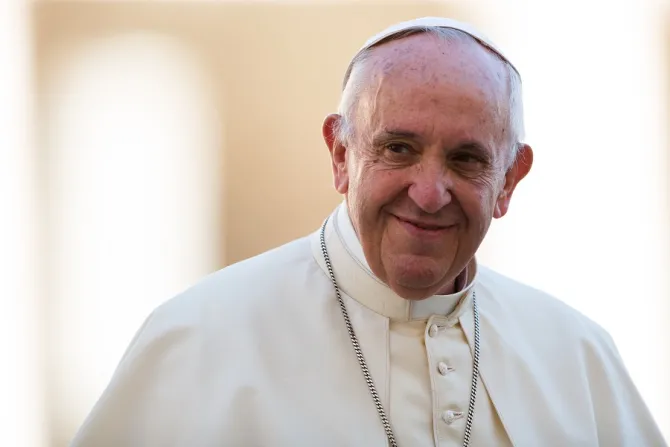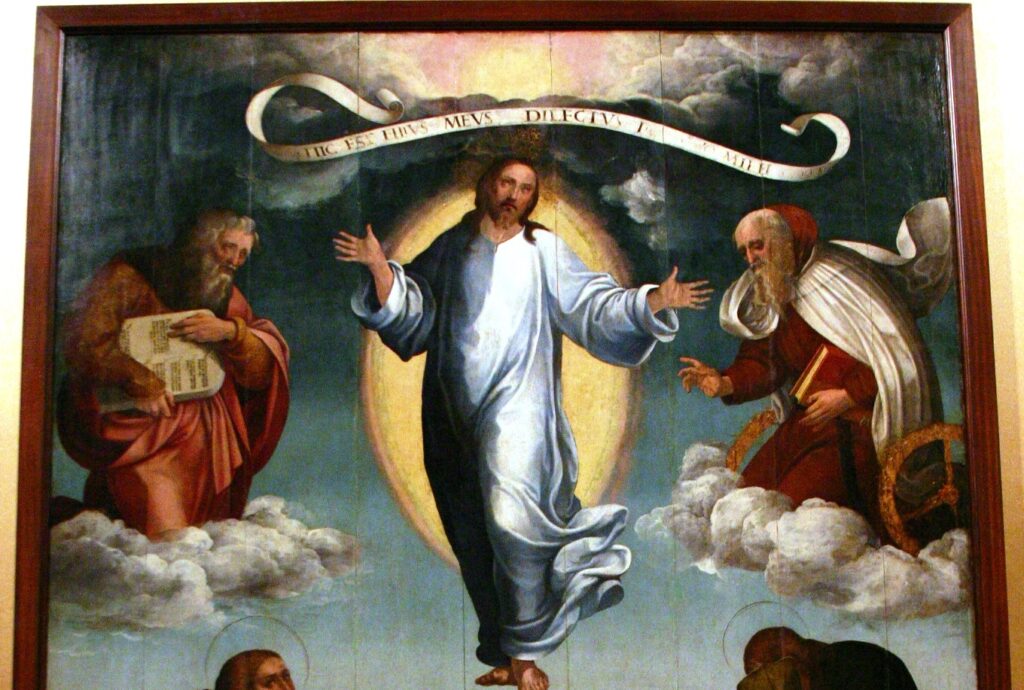By George Weigel
The Catholic Campaign for Human Development (CCHD), rhetorically oversold as the “U.S. Church’s anti-poverty program” — Do no other such programs exist? — was an interesting idea in its time. That time has passed. A new model is needed.
The American bishops created CCHD in 1969 as a kind of Catholic analog to Lyndon B. Johnson’s Great Society programs. At the time, many well-intentioned people believed that the increasingly severe problems of America’s inner cities could be solved by large infusions of federal cash. That cash often flowed through “community organizing” associations led by “community organizers.” In college, I did some work for one of those associations in my native Baltimore and enjoyed the friendship of several community organizers in the years I worked in a poor parish.
Billions of dollars of federal money did not solve the problems of impoverished urban communities, however, because of factors already identified in the 1965 Moynihan Report, which located many of the sources of urban deterioration in the breakdown of marriage and family structures — a cultural crisis not amenable to solution by cash. And as Great Society programs evolved, “community organizing” often led to radical politics, the catastrophic effects of which are now visible in cities like Chicago, home of “community organizing” as defined by the movement’s guru, Saul Alinsky, in his books Reveille for Radicals and Rules for Radicals.
From the beginning, CCHD, which was funded by an annual collection taken up in all U.S. parishes, made community organizing on the Alinsky model a focus of its grant-making. No doubt that CCHD funding has done some good over the past half-century. But CCHD has also been a jobs program for community organizers paid by CCHD-funded organizations, some of which have a tenuous connection (if that) to the Catholic Church and her convictions. And insofar as CCHD funds have supported community organizers whose chief accomplishment has been to radicalize the Democratic Party to the point where the once-traditional home of American Catholics has become a poisonous environment for Catholics who take seriously Catholic teaching on life issues and related matters, CCHD has paid, if indirectly, for anti-Catholic political activity.
No one expected this in the late 1960s. What began as a worthy effort has been subverted by a flawed paradigm of what “anti-poverty work” means. Now is the time for a reassessment and a paradigm shift (if I may use a term familiar to prominent CCHD supporters).
As proposed by Pope St. John Paul II in his epic 1991 social encyclical Centesimus Annus, the Catholic approach to anti-poverty work begins with an affirmation of the potential latent in the poor, and then seeks to unleash that potential through empowerment programs that inculcate and develop the virtues and skills necessary to participate in the networks where wealth is created and exchanged today. If that’s the Catholic anti-poverty paradigm, then we don’t need to invent new programs, and we don’t need to channel Saul Alinsky. We already have in place the most effective empowerment tool the American Church has ever devised: our Catholic schools.
By all empirical measures, Catholic schools outperform government schools in American inner-urban areas. Inner-city public schools are a national tragedy and a national disgrace, as they are typically run by self-serving teachers’ unions that are arguably the most reactionary force in American public life. Thus, my proposal: Repurpose the Catholic Campaign for Human Development as the Campaign for Urban Catholic Schools, funded by a national collection. I guarantee that any such transformation would double, triple, or possibly quadruple the amount of money raised by CCHD, if the new campaign were properly promoted and run with transparency. I know I would quintuple what I used to give to CCHD, and I know many others who would do the same.
CCHD recently ran a $5.7 million deficit, which prompted a discussion of its future in an executive session of the U.S. bishops’ spring meeting in June. That discussion was leaked to conscience-lite journalists, oblivious to the sleaziness of anonymous sourcing, by equally conscience-lite bishops, willing to violate the norms of confidentiality that govern the bishops’ executive sessions. Nonetheless, serious conversation about CCHD’s future has now been opened. And it isn’t going away because of the political commitments of journalists or bishops.
It’s past time to repurpose CCHD. It’s an imperative work of justice for the U.S. Church to continue, indeed expand, its efforts to empower the poor through Catholic schools before they crumble under the terrible financial pressures they now face. The connection seems obvious. All that is needed is the episcopal will to act on it.
This articel was first published in The Natinoal Catholic Register, EWTN Norway`s newspartner











